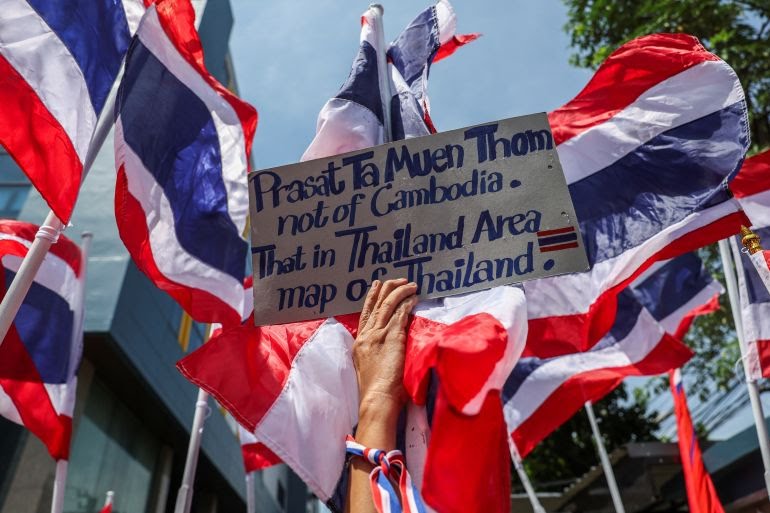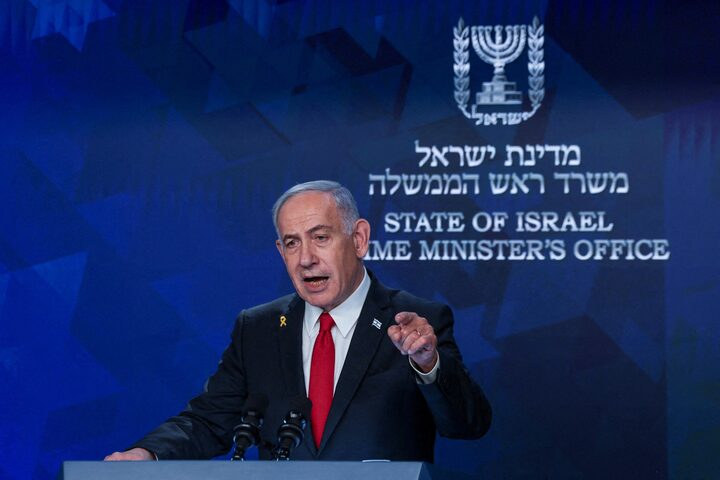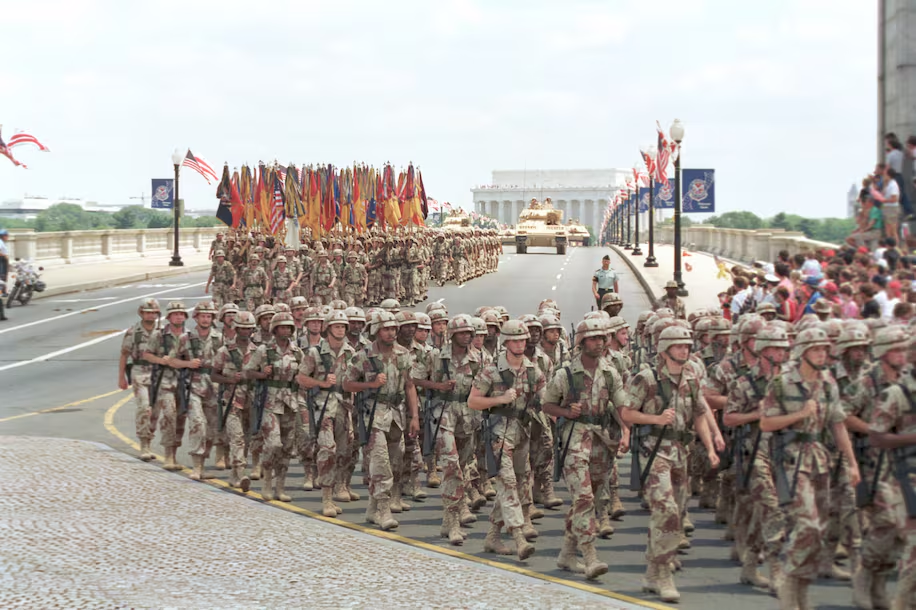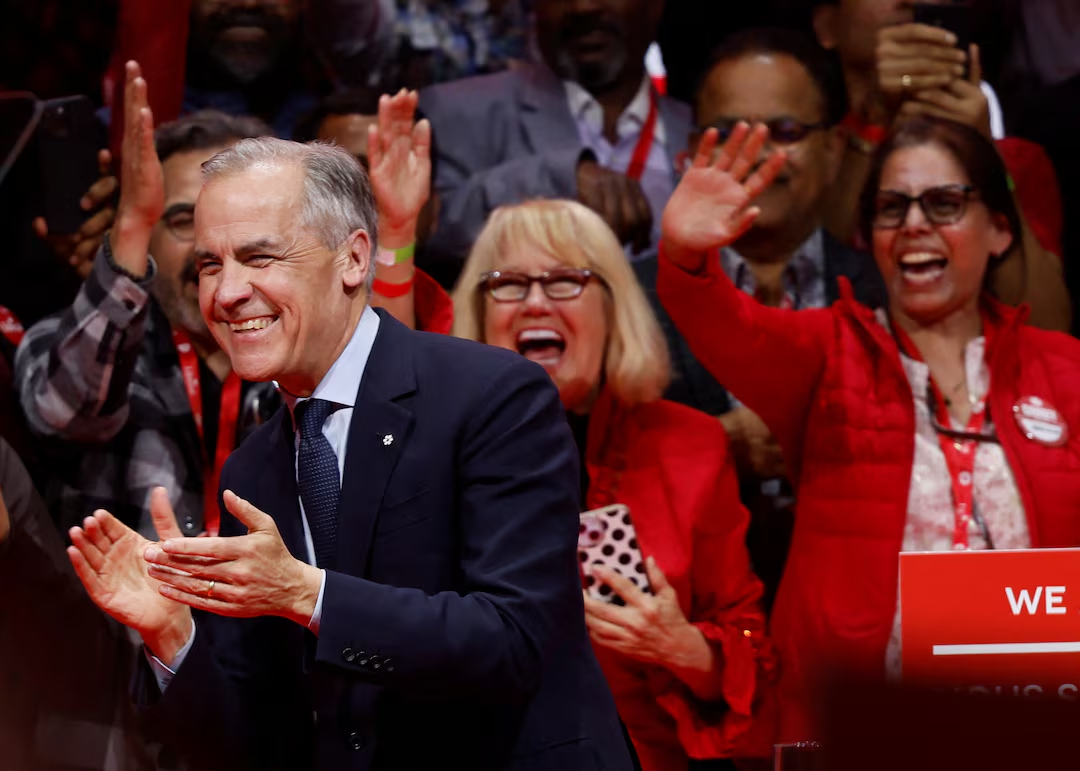A week of escalating tensions along the Thailand–Cambodia frontier has eased following a significant agreement to revert military forces to previously agreed positions. The move comes after a deadly gunfight on May 28, in which a Cambodian soldier lost his life, and both countries responded with troop reinforcements along the undemarcated border.
Fatal Skirmish Rekindles Long‑Standing Rivalry
On May 28, routine patrols in the disputed Chang Bok area erupted into a brief yet deadly exchange. Both Bangkok and Phnom Penh blamed each other: Cambodia claimed its soldiers were ambushed during patrol, while Thailand said Cambodian troops had encroached and their soldiers responded to return fire . The ten-minute gunfire resulted in a Cambodian fatality and ignited a wave of nationalist fervor on both sides.
Tensions Over Undemarcated Zones
The emboldened troop deployments were symptoms of a long-festering border dispute dating back to a 1907 colonial-era map and worsened by the infamous 2008–2011 clashes over the Khmer temple Prasat Ta Moan Thom/Preah Vihear . These undemarcated sections have been claims repeatedly by both parties, forcing repeated military showdowns and allowing political pressures to fester.
Military Buildup and Diplomatic Moves
Thailand responded by reinforcing troop presence and warned of a “high-level operation” if tensions escalated further, though it cautioned that peace was still preferred . Cambodia, meanwhile, moved to involve the International Court of Justice (ICJ), with Foreign Minister Prak Sokhonn asserting that bilateral talks alone were insufficient and that judicial intervention had become necessary .
Thailand, however, maintains it will not acknowledge the ICJ’s jurisdiction and continues its preference for strictly bilateral negotiations . Both governments have committed to mutual withdrawal and de-escalation pending further diplomatic dialogue.
Reversion to 2024 Positions
On June 8, Defence Minister Phumtham Wechayachai and Cambodia’s top military representatives agreed to return their forces to locations specified under a 2024 border accord. Neither country disclosed exact troop levels or locations, but both confirmed the action as an immediate step toward soothing rising tensions .
Joint Boundary Committee Meeting
A Joint Boundary Commission meeting has been scheduled for June 14 to refine negotiations and attempt conflict resolution. Thailand’s military leadership remains on alert, emphasizing readiness to undertake forceful measures if necessary . Cambodian PM Hun Manet reiterated his nation’s stance: while supportive of bilateral forums, he conveys ICJ involvement as the best path to a durable solution .
Regional and Political Stakes
The two prime ministers share familial political legacies—Thailand’s Paetongtarn Shinawatra is the daughter of ex‑PM Thaksin, and Cambodia’s Hun Manet is Hun Sen’s son—raising expectations that their relationship could help avert large-scale conflict . However, nationalist groups in both countries remain vocal. Thai demonstrators have urged firm responses, while Cambodia’s National Assembly backed the ICJ move .
What Happens Next?
1. June 14 talks: Diplomats hope the Joint Boundary Commission can advance a clear path forward.
2. ICJ proceedings: Cambodia’s move to internationalize the dispute adds legal weight; Thailand remains firm on bilateral resolution .
3. Domestic pressures: Both governments face internal scrutiny; missteps could spark renewed public backlash or international concern.
Despite the recent escalation, the joint decision to revert to agreed troop lines suggests a concerted effort to avert a wider crisis. Whether this marks a turning point toward lasting peace or simply a pause before the next flare-up depends on the outcome of upcoming diplomatic negotiations and the willingness of both nations to respect legal frameworks over populist rhetoric.
Source: Al Jazeera



